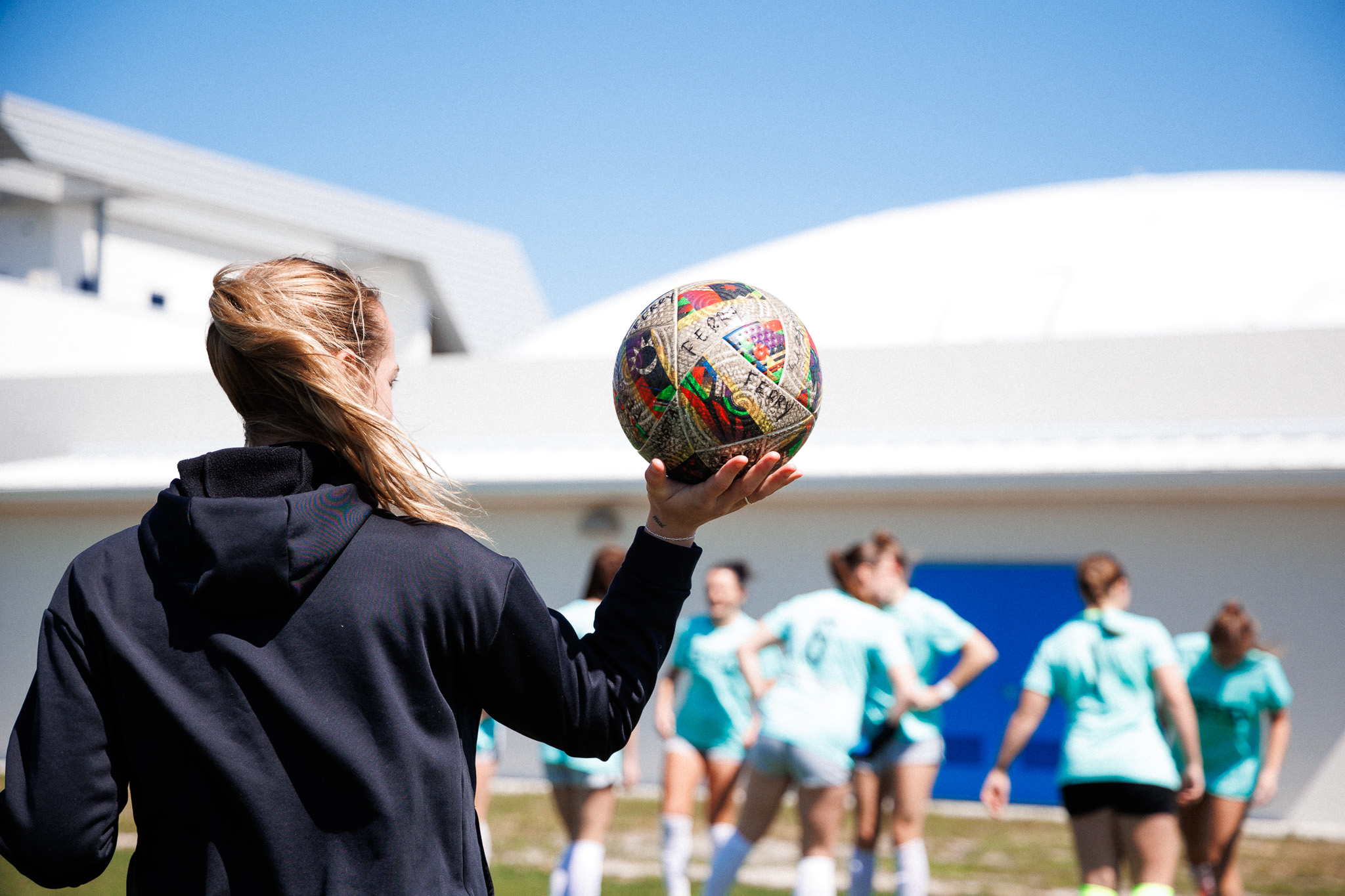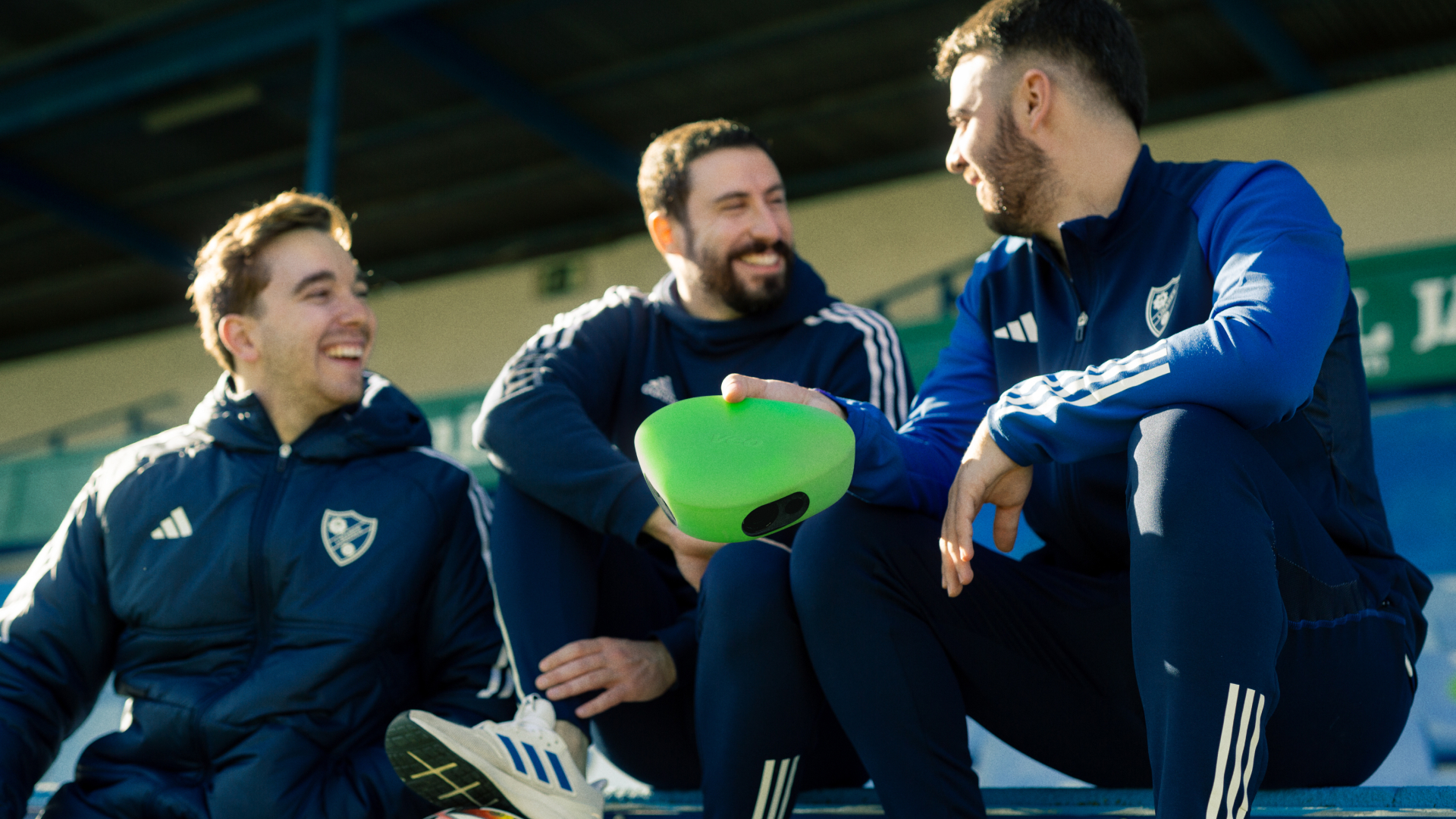IMG Academy Soccer Director: How Video Technology Transforms Player Development
Emma Jensen

IMG Academy Soccer Director Simon Collins explains how video technology solved coaching challenges across 16 fields and multiple traveling teams, transforming player development through visual analysis and remote monitoring systems.
"We've got 16 fields out here. We also have eight teams that are on the road. How am I going to see what they've done unless I've got technology that allows me to watch that game?" says Simon Collins, Soccer Director at IMG Academy.
Collins, a former professional player from the UK, discovered this challenge while managing one of the most comprehensive youth soccer programs in the United States. With teams constantly traveling and competing across the country, traditional coaching methods couldn't keep pace with the academy's scale and ambitions.
This highlights how modern soccer academies must embrace technology to maintain coaching consistency and player development standards across multiple teams and locations.
IMG Academy's approach to elite player development
Simon Collins has been Soccer Director at IMG Academy for several years, bringing decades of experience from his professional playing career in the 1990s and subsequent coaching roles. His journey includes consulting work with U.S. Youth Soccer and MLS before arriving at the renowned Florida academy.
IMG Academy serves as a comprehensive sports education facility with nine different sports programs on campus. The soccer program alone manages multiple age groups and skill levels, with teams regularly competing in national tournaments and showcases across the United States.
Collins' role involves overseeing player development for athletes who come from around the world, including players from national youth programs in Singapore, Colombia, and Brazil. This international scope creates unique challenges in maintaining consistent coaching standards and player evaluation processes.
The problem with traditional coaching methods
Before implementing comprehensive video analysis systems, Collins struggled with the fundamental challenge of scale. "If you were bit here earlier with two coaches that just took four teams to Vegas, how am I going to see what they've done?" he explains. Traditional coaching relied on coaches being physically present to observe and correct player performance.

The academy's size created additional complications. "We've got winners everywhere in here, and they think that everything that seems right," Collins notes about coaching staff discussions. Without visual evidence, technical debates between coaches often became unproductive arguments rather than constructive analysis sessions.
Player development suffered from this limitation. "We can't replicate it if we don't have the technology," Collins says about recreating game situations for educational purposes. Athletes would receive verbal feedback about their performance, but without visual reinforcement, the lessons often failed to stick. The disconnect between what coaches observed and what players remembered created gaps in the learning process that traditional methods couldn't bridge effectively.
How video technology solved the coaching challenge
Collins discovered video analysis technology through networking with other high-level soccer programs. "Video becomes my eyes when they're off campus, they're in Miami, they're in Orlando, they're in Vegas right now," he explains about the transformation in his coaching approach.
The implementation provided immediate benefits for real-time decision making. "We can live stream this, which means we can go back and we can check it again. We've got people with iPads on the side," Collins describes. During games, coaching staff can quickly review situations where different coaches saw different things happening, allowing for immediate tactical adjustments.
The educational impact proved even more significant. "We constantly reviewing footage so they can check for understanding. We can look at anything that they may not like or decisions that they make," Collins explains about the player development process. Athletes can now see their positioning errors and tactical decisions from an elevated perspective, accelerating their understanding of complex game situations.
The technology also resolved coaching debates through objective evidence. "There's no better way than correcting that and putting it on this screen and saying, well, here I saw this," Collins notes about how video analysis improved coaching staff communication and decision-making processes.
Ready to transform your program like IMG Academy?
Collins' experience demonstrates how video technology can solve the scale challenges facing modern soccer programs. Questions about how video analysis can work for your team's development goals? Our team is ready to help you get started.

.jpg)


